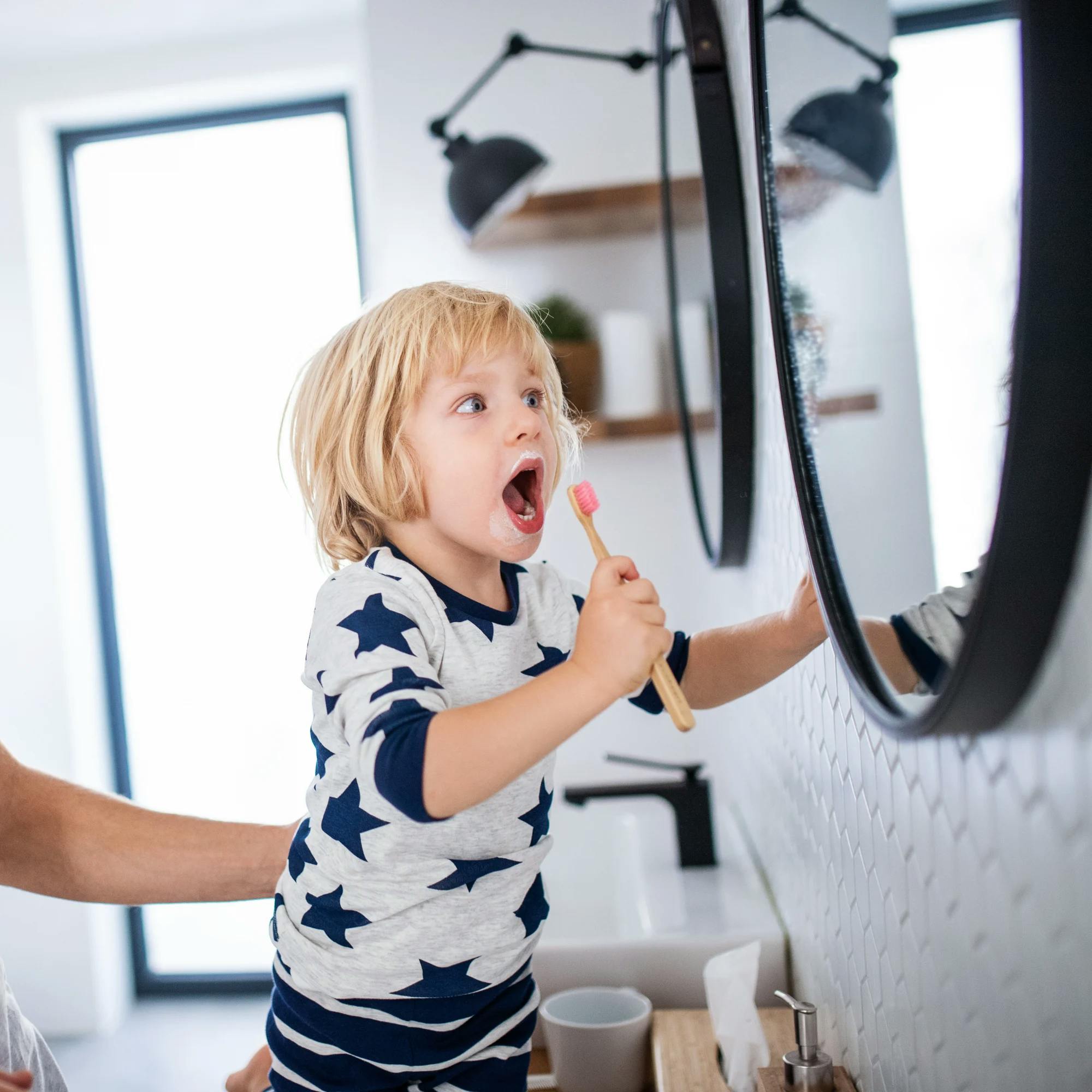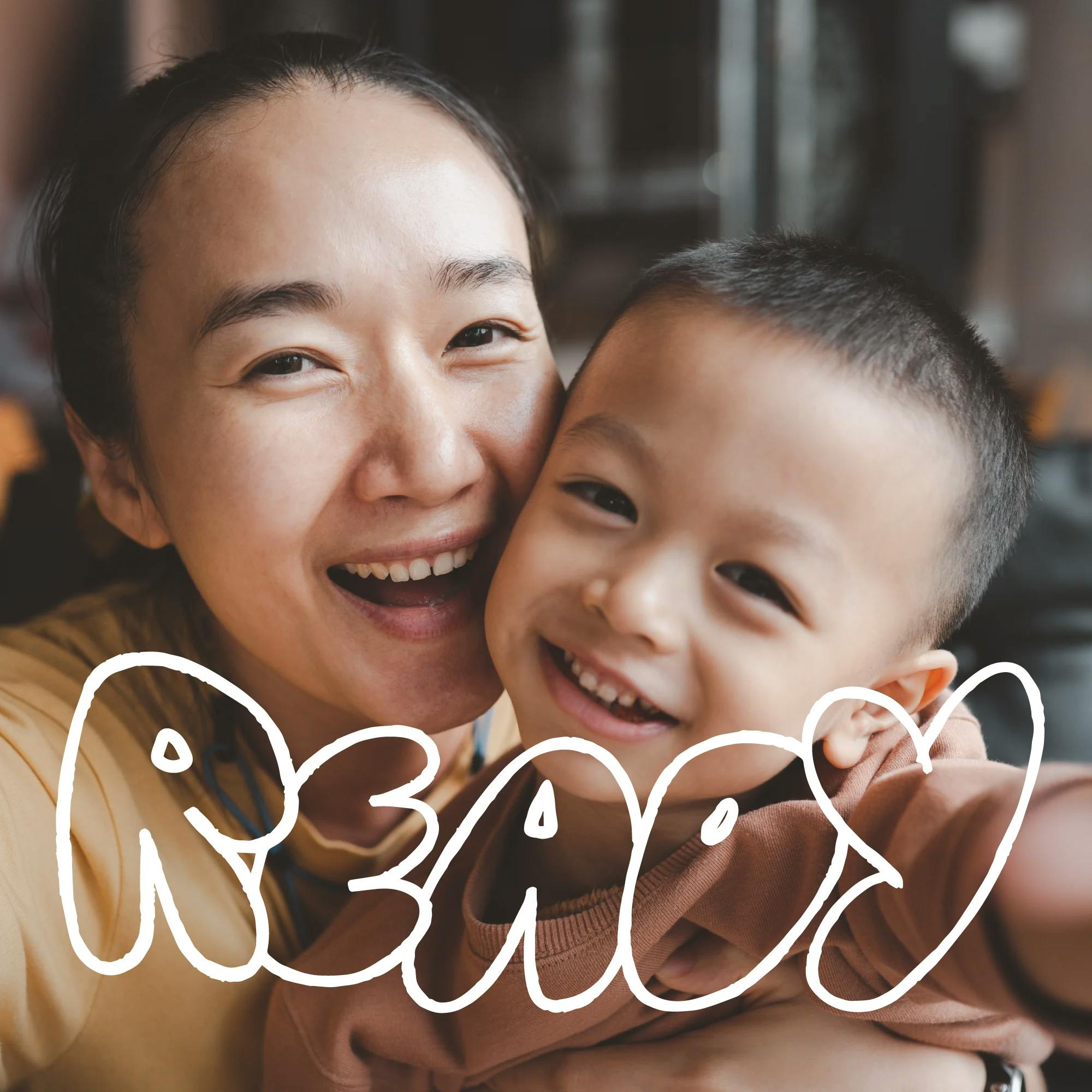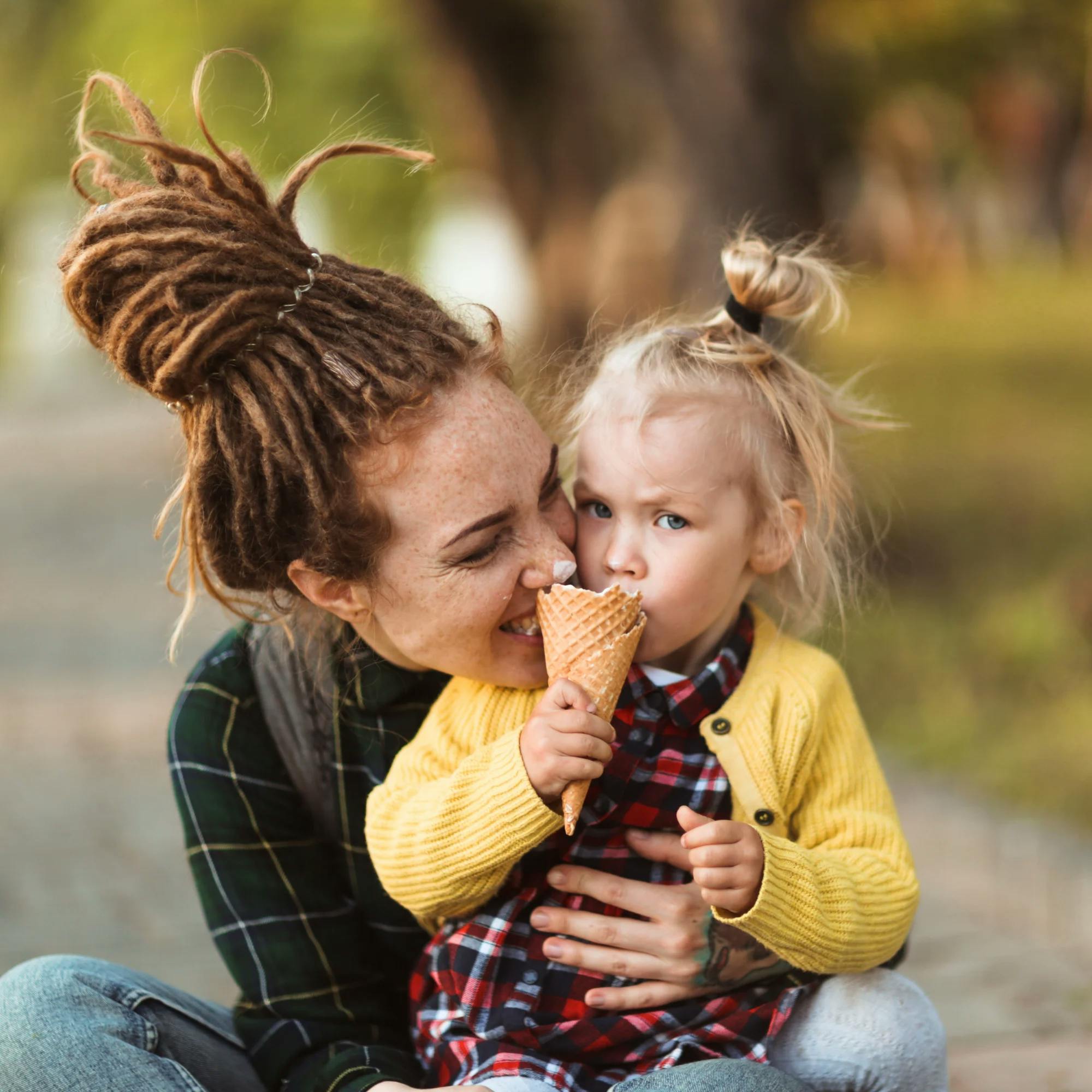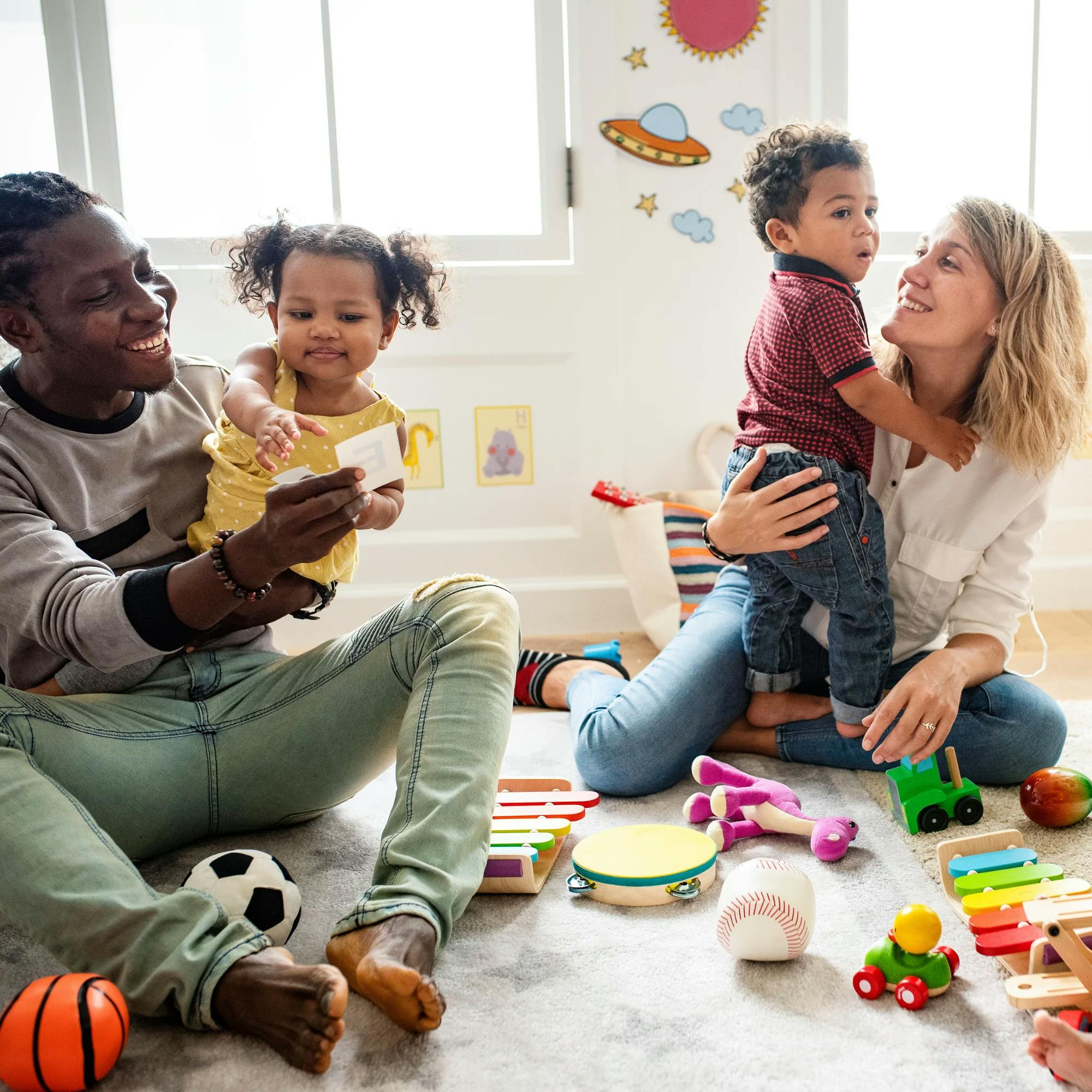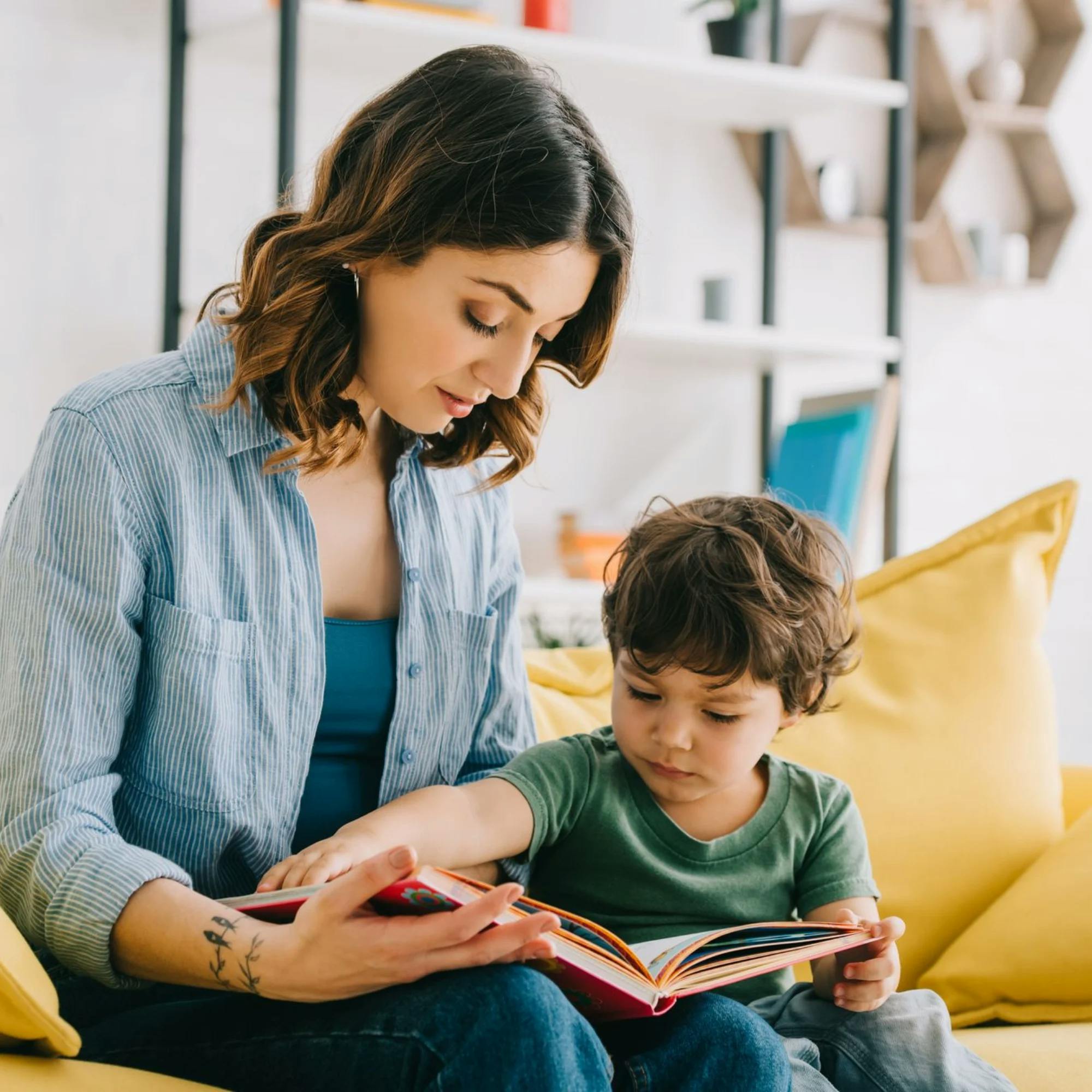The first three years of a child’s life are full of so many milestones. As you watch your child grow and develop their speech and language skills, it can be hard to know what’s expected at age 3. You might wonder, “What is ‘normal’ speech and communication for a 3-year-old?”
Let’s review 6 ways that 3-year-olds are typically able to communicate, along with how to know if your toddler may need speech therapy.
Curious or concerned?
Our free screener is tailored by age and covers all areas of speech, language, and feeding. Find out if your child might need speech therapy.
 Screener for children
Screener for children1 Participate in back-and-forth conversations
Once your child turns 3 and throughout their third year, you should see them begin to communicate back and forth in conversations. This means that they can start a conversation, such as by making a comment or asking a question. They can also answer questions and comment when others talk to them.
By 3, kids can typically stay on topic in conversation much more easily. They’re not simply answering or asking a question and moving on.
This skill develops gradually, but once you take a step back and see that it’s there, it’s a huge milestone. Participating in conversation makes your little one seem like a big kid!

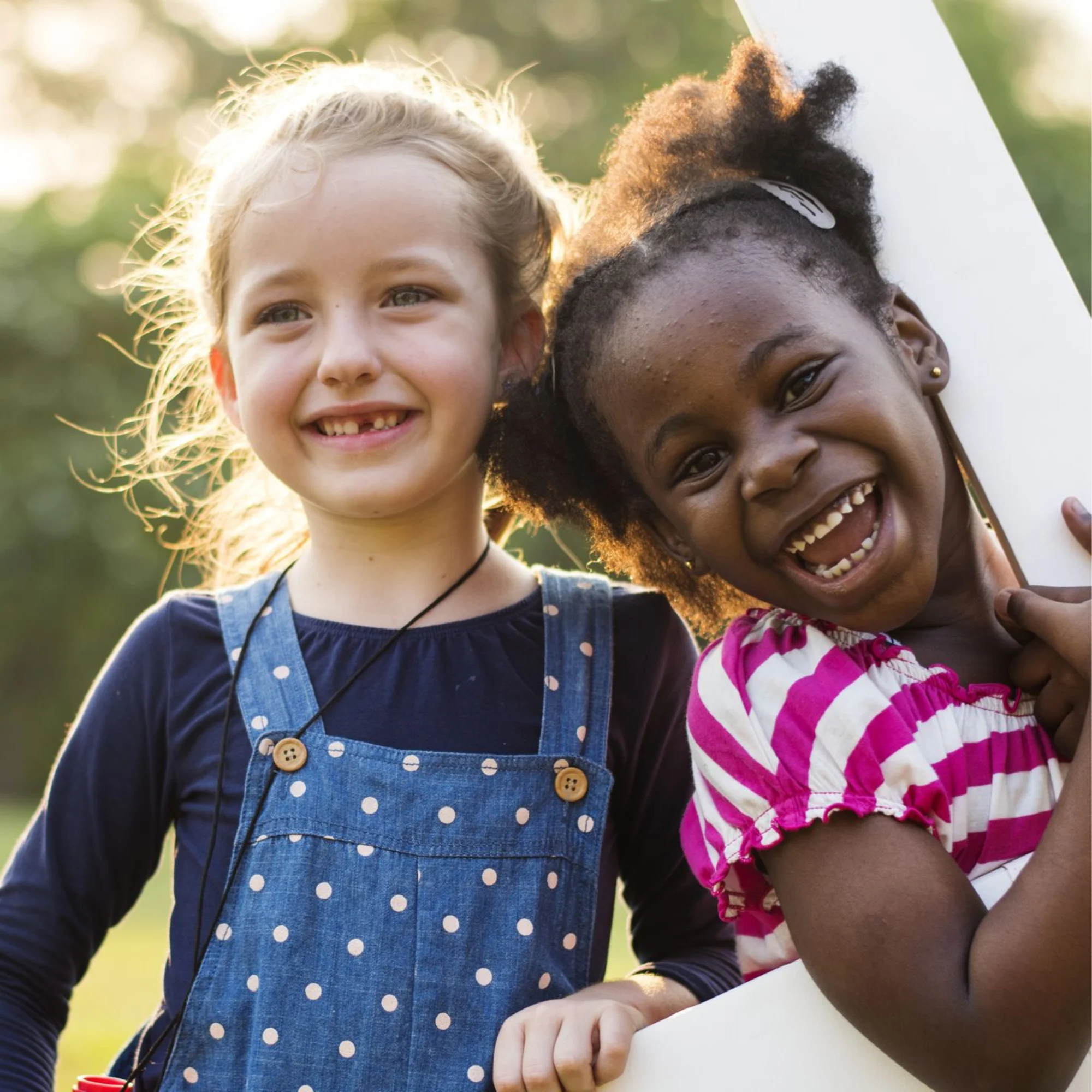
2 Answer “WH” questions
By 3 years old, kids are typically able to answer questions that start with when, where, what, why, and how. This is part of the reason they can participate in conversation more easily. Their receptive and expressive language vocabularies have developed enough to where they can both understand different types of questions (receptive language) and know how to verbally respond (expressive language).
How great is it when you can ask your child, “What’s wrong?” or “How do you feel?,” and they can answer? This is an important milestone!

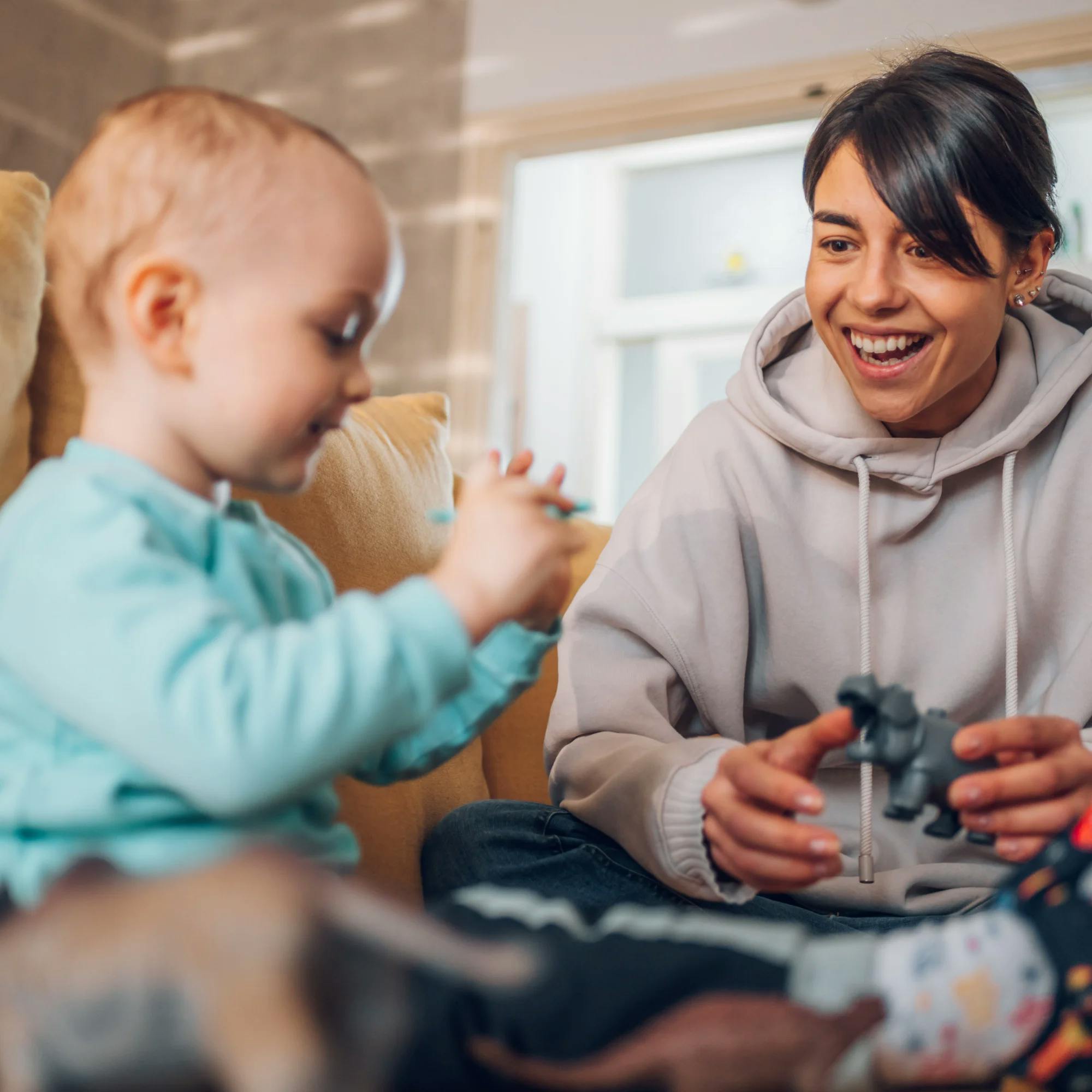
3 Talk in longer sentences, with improved grammar
During year 3, children’s sentence length and grammar are constantly improving. By 3 years old, kids should be able to produce three-word phrases and sentences. These will grow to even longer sentences throughout the year.
There are also many areas of grammar you should see develop. These include:
Using the plural “s,” as in dogs
Using the pronouns I, me, we, and they
Using verbs in the present progressive tense, as in walking and eating
As a whole, your 3-year-old’s speech will begin to sound more mature.


4 Play and interact socially with other children
Another skill that’s developing rapidly at this age is your child’s ability to play and interact with peers. Three-year-olds can engage in something called associative play. This is when they play near other kids, and may even share toys, but don’t play the same activity together. For example, if your child is playing in the sandbox with other kids at the park, they may share the same shovels and buckets, but they would each build their own sandcastles.
5 Follow multi-step directions
Another big skill developing in 3-year-olds is the ability to follow multi-step directions. When you give your child natural directions to follow, they should be able to do them. An example might be: “Put down your backpack, put your shoes by the door, then go sit at the table.”
You may need to help your child learn to follow multi-step directions at first. You can repeat the directions a couple times, or show them what you need them to do. But soon after turning 3, a child is typically able to do this on their own.
6 Pronounce certain speech sounds
As children grow, they should be able to say more consonants correctly. When a child turns 3, they should be able to say the following sounds: /g/, /k/, /f/, /t/, “ng,” and “y.”
These earlier sounds are typically mastered by age 2: /b/, /n/, /m/, /p/, /h/, /w/, and /d/.
If your 3-year-old has trouble with any of these sounds, it may be a sign of a speech sound disorder. This is when kids are either missing speech sounds or saying them incorrectly.
Should a 3-year-old be able to speak clearly? When observing your child's development, keep in mind their speech intelligibility, or clarity. At age 3, children’s speech should be understood about 75% of the time by familiar listeners–people like family members who talk with them often. The number may be lower for unfamiliar listeners who don’t know your child well.

How do I know if my 3-year-old needs speech therapy?
Reviewing these milestones should give you an idea of whether your child may need speech therapy. If your child is 3 years old and not mastering some of these skills, it's likely time to talk with a speech therapist.
Some clues that a 3-year-old needs speech therapy include:
They’re not yet using three-word phrases, like “I want milk.”
Their speech is very hard to understand.
You should also consider how confident your child feels in their ability to communicate. If they shy away from talking to others, or seem frustrated because they aren’t easily understood, this is another reason to talk to a speech therapist.
It's best to start speech therapy as soon as possible. Speech and language skills build on one another. So if your child is behind in one area, they need to master that skill in order to learn the next ones. Speech therapy can help a child catch up to where their communication should be developmentally.


What does speech therapy for 3-year-olds look like?
If you’re wondering what speech therapy is like for toddlers, you’re not alone. Many parents and caregivers are aware of speech therapy, but they may not know the ins and outs.
The great thing about speech therapists who work with kids is that they know how to make it fun and engaging–and keep kids learning.
Your speech therapist will likely start with an evaluation to assess your child's abilities and create goals for therapy. Each child is different, so their goals will vary. But your speech therapist will know which goals to target in order to improve your child’s communication. Let’s say your child can say a lot of words, but they're hard to understand. Your speech therapist would work on helping your child learn to say sounds and words more clearly.


How long will speech therapy take? The length of time in therapy will vary per child. It depends on factors such as the severity of the child’s speech or language issue and how often practice happens at home, outside of speech therapy. Here’s a secret: The more often a child practices between sessions, the faster they'll make progress!
Never underestimate how much you can help your child with their communication. Your speech therapist will guide you in the specific things you can work on at home. Feel free to ask as many questions as needed. Your speech therapist is there to help!
How Expressable Can Help
Concerned your child isn't reaching age-expected milestones? Looking for communication support from a professional? Expressable is a national online speech therapy practice serving children and adults. We treat all major areas of communication and feeding, offer flexible hours including evenings and weekends, and accept most major health insurance plans. We’re proud to have earned more than 3,000 5-star reviews from our clients (4.9/5 average).
Our therapy model is centered on parent and caregiver involvement. Research proves that empowering caregivers to participate in their loved one’s therapy leads to better outcomes. That’s why we combine live, 1-on-1 speech therapy with personalized education and home practice activities for faster progress.
Communication is more than words. It’s how we share how we feel and show who we are. We’re here to help you or your child do just that.
 Abby Barnes, M.S., CCC-SLP
Abby Barnes, M.S., CCC-SLP